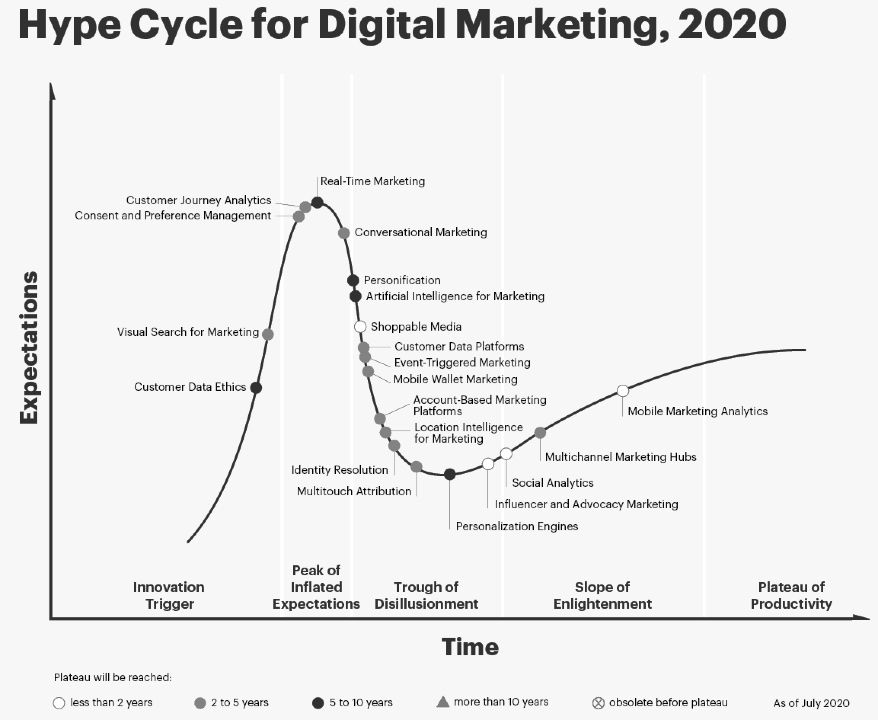Marketing strategies
Here are 10 examples of great marketing strategies.
- Cross-sell more products.
- Most innovative product or service.
- Grow sales from new products.
- Improve customer service.
- Cornering a young market.
- Product differentiation.
- Pricing strategies.
- Technological advantage.
- Improve customer retention.
- Sustainability
In detail:
- Cross-sell more products
Some organizations focus on selling more products to the same customer. This strategy works well for office supply companies and banks, as well as online retailers. By increasing the amount of product sold per customer, you can increase the average cart size. Even a small increase in cart size can have a significant impact on profitability, without having to spend money to acquire more new customers.
- Most innovative product or service
Many companies, particularly in the technology or automotive space, are distinguishing themselves by creating the most cutting-edge products. In order to use this as your business strategy, you will need to define what “innovative” will mean for your organization or how you’re innovative.
- Grow sales from new products
Some companies like to invest in research and development in order to constantly innovate, even with your most successful products.
- Improve customer service
This can be a good business strategy if your business has had a problem delivering quality customer service. Some companies have even built a strong reputation for having exceptional customer service. Usually, companies have a problem in one specific area, so a business strategy that’s focused on improving customer service will usually focus its objectives on something like online support or a more effective call center.
- Cornering a young market
Some large companies are buying out or merging competitors to corner a young market. This is a common strategy used by Fortune 500 companies to gain an advantage in a new or rapidly growing market. Acquiring a new company allows a larger company to compete in a market where it didn’t previously have a strong presence while retaining the users of the product or service.
- Product differentiation
This is a common business strategy, especially for business-to-consumer (B2C) businesses. They can differentiate their products by highlighting the fact that they have superior technology, features, pricing or styling.
- Pricing strategies
When it comes to pricing, businesses can either keep their prices low to attract more customers or give their products aspirational value by pricing them beyond what most ordinary customers could afford. If companies plan to keep their prices low, they will need to sell a much higher volume of products, as the profit margins are usually very low. For companies who choose to price their products beyond the reach of ordinary customers, they are able to maintain the exclusivity of their product while retaining a large profit margin per product.
- Technological advantage
Obtaining a technological advantage, you can often achieve better sales, improved productivity or even market domination. This can mean investing in research and development, acquiring a smaller company to gain access to their technology or even acquiring employees with unique skills that will give the company a technological advantage.
- Improve customer retention
It’s generally far easier to retain a customer than spend money to attract a new one, which is why this is a great strategy if you see opportunities for improvement in customer retention. This strategy requires you to identify key tactics and projects to retain your customers.
- Sustainability
You could launch an entire business strategy aimed at increasing the sustainability of your business. For example, the objective could be to reduce energy costs or decrease the company’s footprint by implementing a recycling program.
Useful websites:
https://www.clearpointstrategy.com/strategic-planning-models/#11
https://decisionstats.com/2013/12/19/business-strategy-models/
https://www.stratechi.com/business-model/
https://www.businessmodelsinc.com/nl/?gclid=EAIaIQobChMI7J6uzrTb7gIVn4KDBx2BbQsKEAAYAiAAEgIb5fD_BwE
https://www.royalhaskoningdhv.com/en-gb/markets
https://www.smestrategy.net/blog/business-strategy-model-which-one-for-you
https://hbr.org/2011/01/how-to-design-a-winning-business-model
https://bstrategyhub.com/50-types-of-business-models-the-best-examples-of-companies-using-it/
https://www.slidebooks.com/collections/strategy-templates/products/strategy-toolkit?

